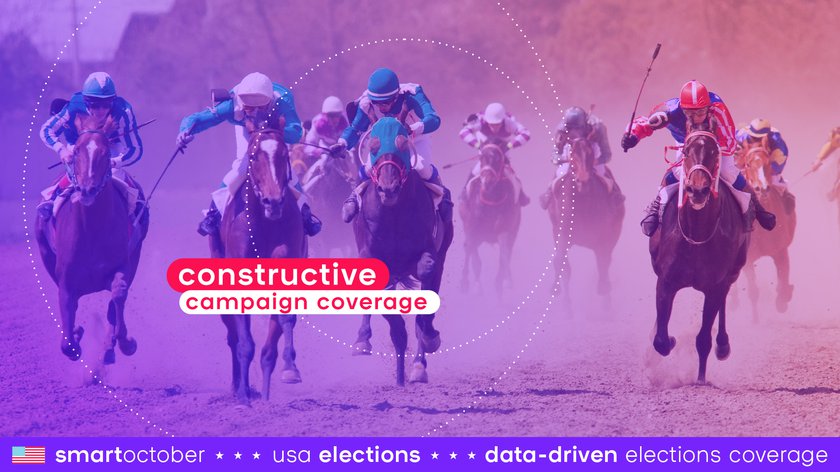Hello there!
There’s a reason smartocto added two new user needs to the six in the original model. These two extra needs are rooted in the ‘action’ axis and they’re about connecting people to other people, ideas or tangible events.
They’re important because with news avoidance an ongoing problem, it’s more vital than ever for newsrooms to do what they can to ensure audience needs are being met.
So, it was really interesting to attend the B Future Festival in Bonn last weekend, where the focus was on constructive journalism. We’ve spoken about this (along with service journalism) before, and in the context of election coverage it seemed particularly timely.
Stories commissioned and created from this approach (and we’re talking advice, guides and other means to facilitate action of some kind) could serve as a crucial guide for media outlets worldwide, particularly for those currently covering the US presidential elections. Which, coincidentally, is the subject we’re focusing on for this month’s ‘smartoctober’. The role of data is key. Have you looked at what types of stories resonated four years ago? Could you replicate that approach? Can you incorporate some coverage addressing ‘action’ based user needs too?
In the coming weeks, we’ll continue to reflect on such questions and provide examples, helping you to consider the value you want to offer your audience when writing about the presidential elections (though it’s equally useful for any ongoing event you need to cover).
What we know about covering elections
When it comes to elections, explainer articles are always useful for readers. There’s a lot of coverage that assumes a level of political knowledge that the average reader may not have. Ask someone on the street to name the running mates of the US presidential candidates, and you’ll find that many people don’t know. In countries outside of where the election or event is taking place, it might not even be that important.
We also know that not all readers of a single publication will consume everything it publishes - there’s room for personal reading preferences, even within the smallest media outlets. In our first blog, we’ve included a starter activity to get you thinking.


